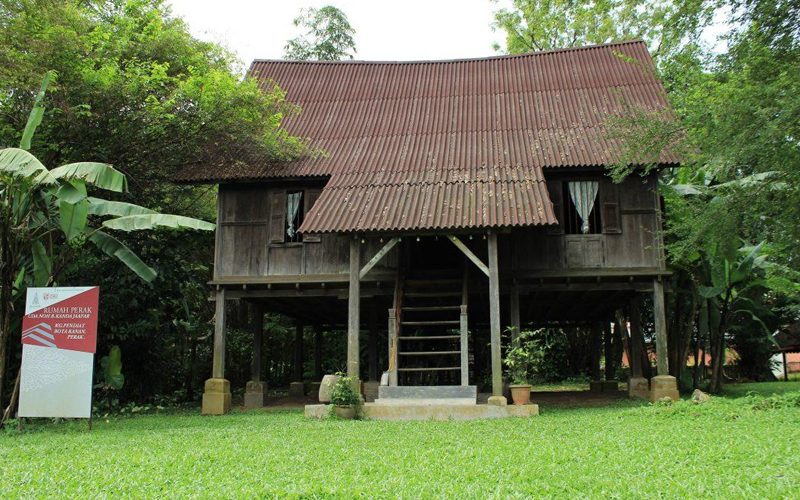Travelling theatres offer a dynamic way to document and preserve cultural traditions, local narratives, and stories through portable, performative spaces that can be moved across different contexts. A key example of this approach is the work done by Aberrant Architecture, which focuses on preserving local narratives through participatory architectural experiences. Their projects bring together architectural interventions and performance spaces, where local communities contribute to the storytelling process.
These portable theatres can pop up in interior and public spaces, providing an engaging platform for cultural expression. Moreover, travelling theatres allow for an immersive experience where the audience becomes part of the storytelling process, nurturing a deeper connection with the cultural narratives.
Sensory Exhibitions
On the other hand, sensory exhibitions engage visitors with a site’s intangible heritage by appealing to the body and the multisensory, beyond visual stimuli. ‘The body knows and remembers. Architectural meaning derives from archaic responses and reactions remembered by the body and the senses’—Juhani Pallasmaa.
Through sound, smell, and tactile experiences, designers can create immersive environments, evoking memories, emotions, and an understanding of cultural contexts in a way that traditional exhibitions might not. Similarly, incorporating olfactory memories or soundscapes—such as auditory cues, smell of incense, or wet earth—can evoke sensory experiences linked to cultural practices and daily life.
One such compelling exhibition is the ‘Silent Symphony’ exhibition at Melbourne Town Hall by Sensory Lab and Art+Culture Melbourne, where sound, visual elements, and touch were used to create a rich, multi-sensory environment, allowing visitors to engage with a sonic and visual interpretation of celestial patterns. Sensory exhibitions heighten the impact of storytelling by providing a more immersive, experiential form of engagement with cultural narratives.






